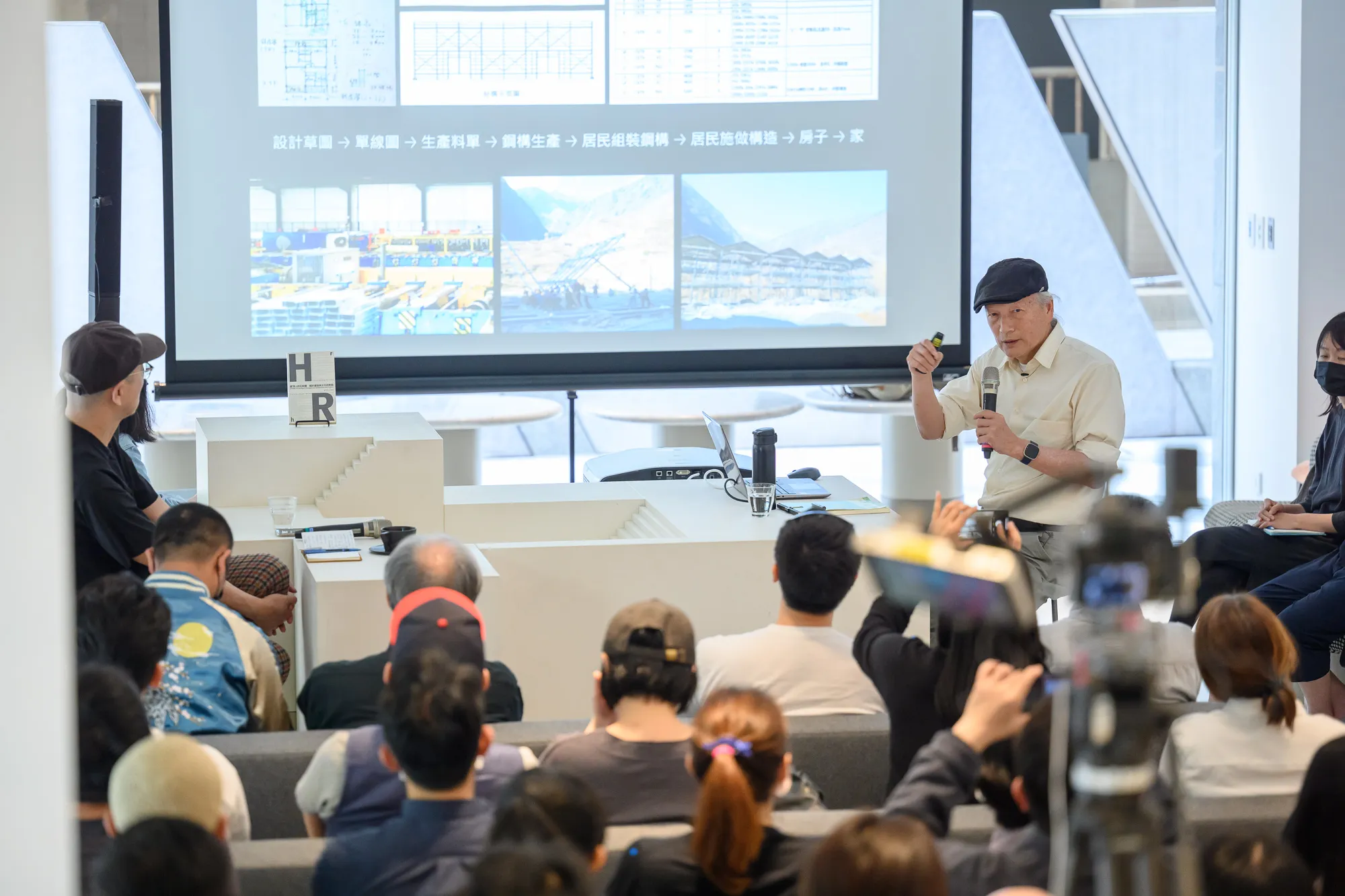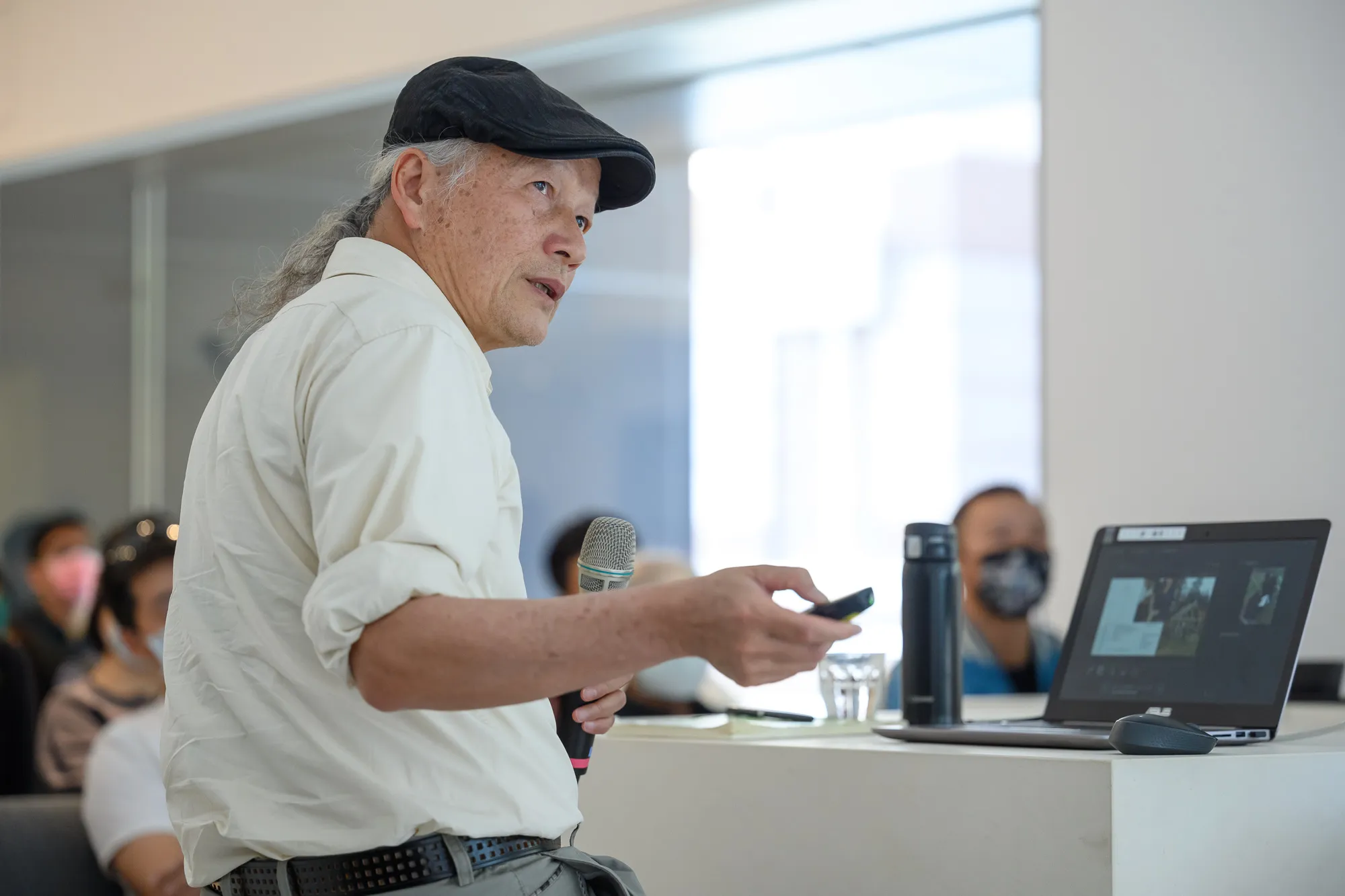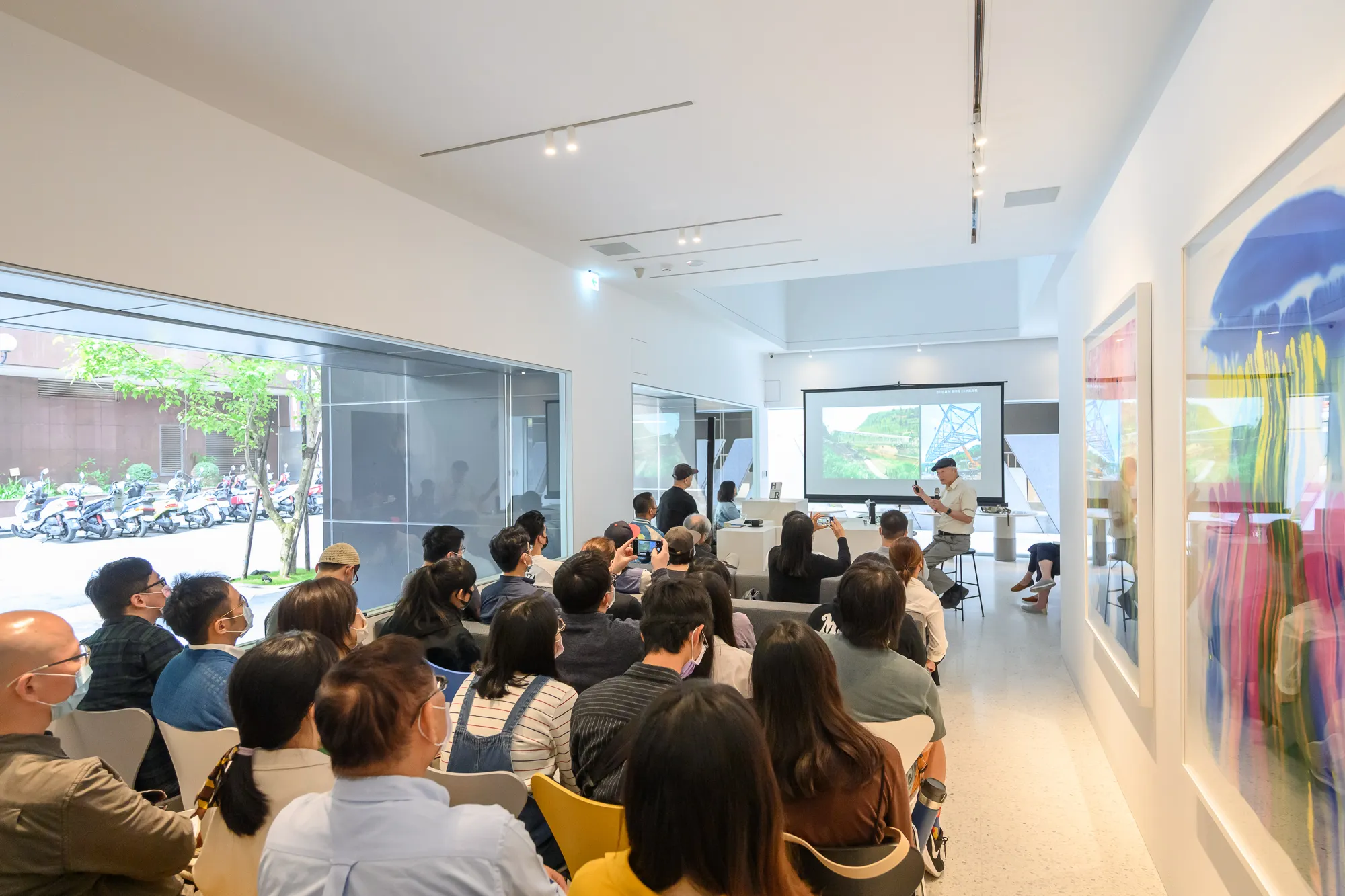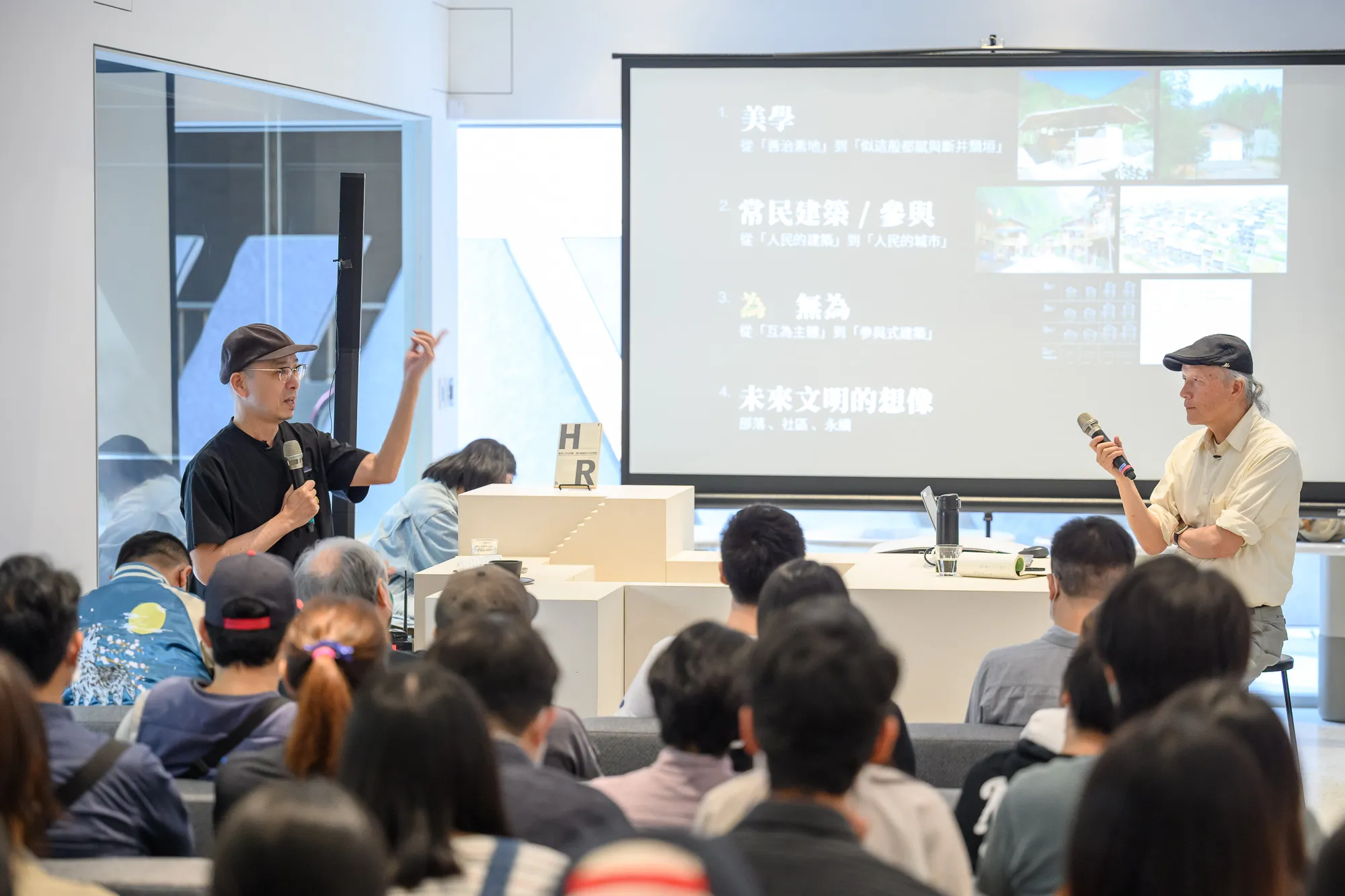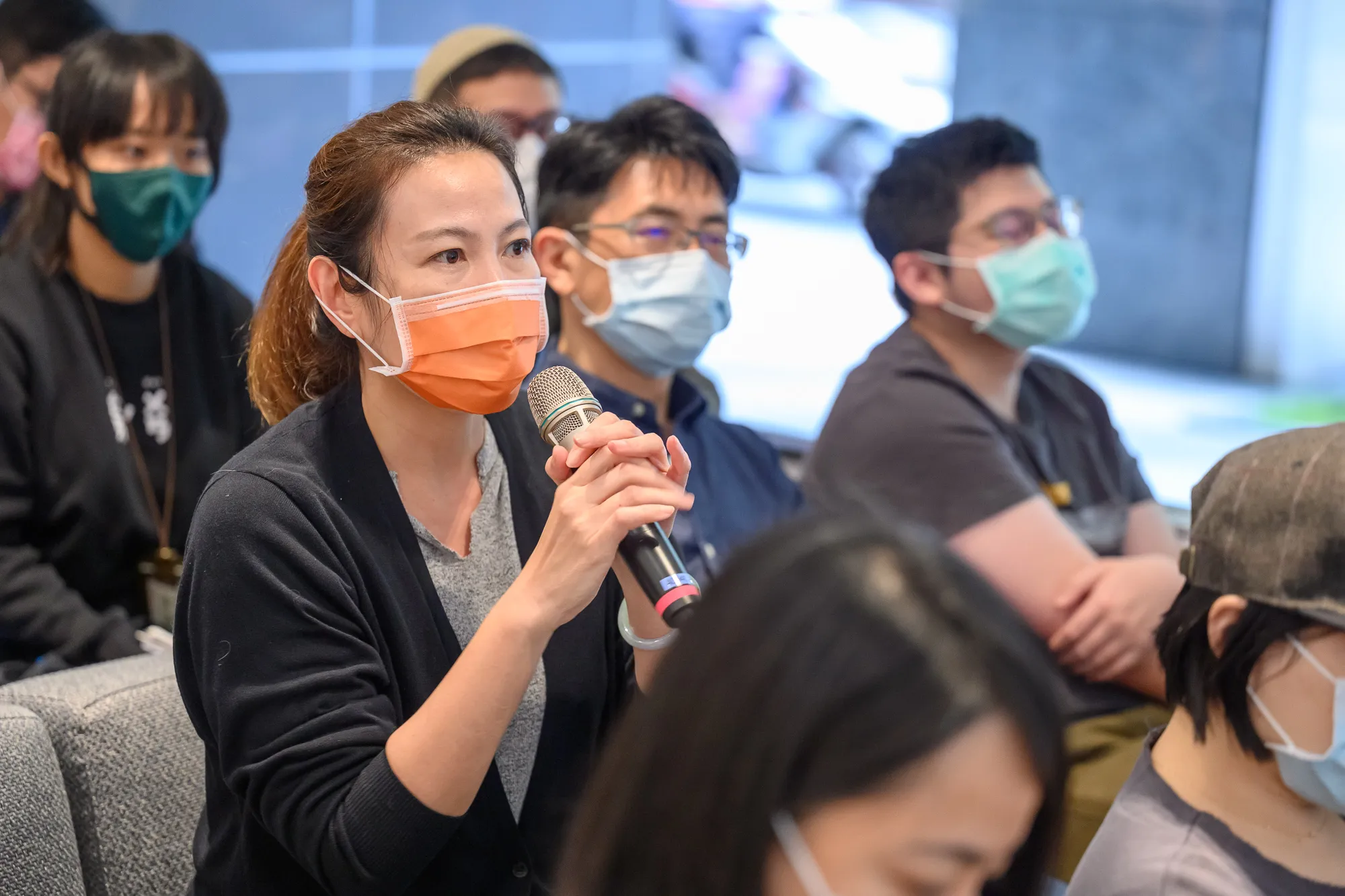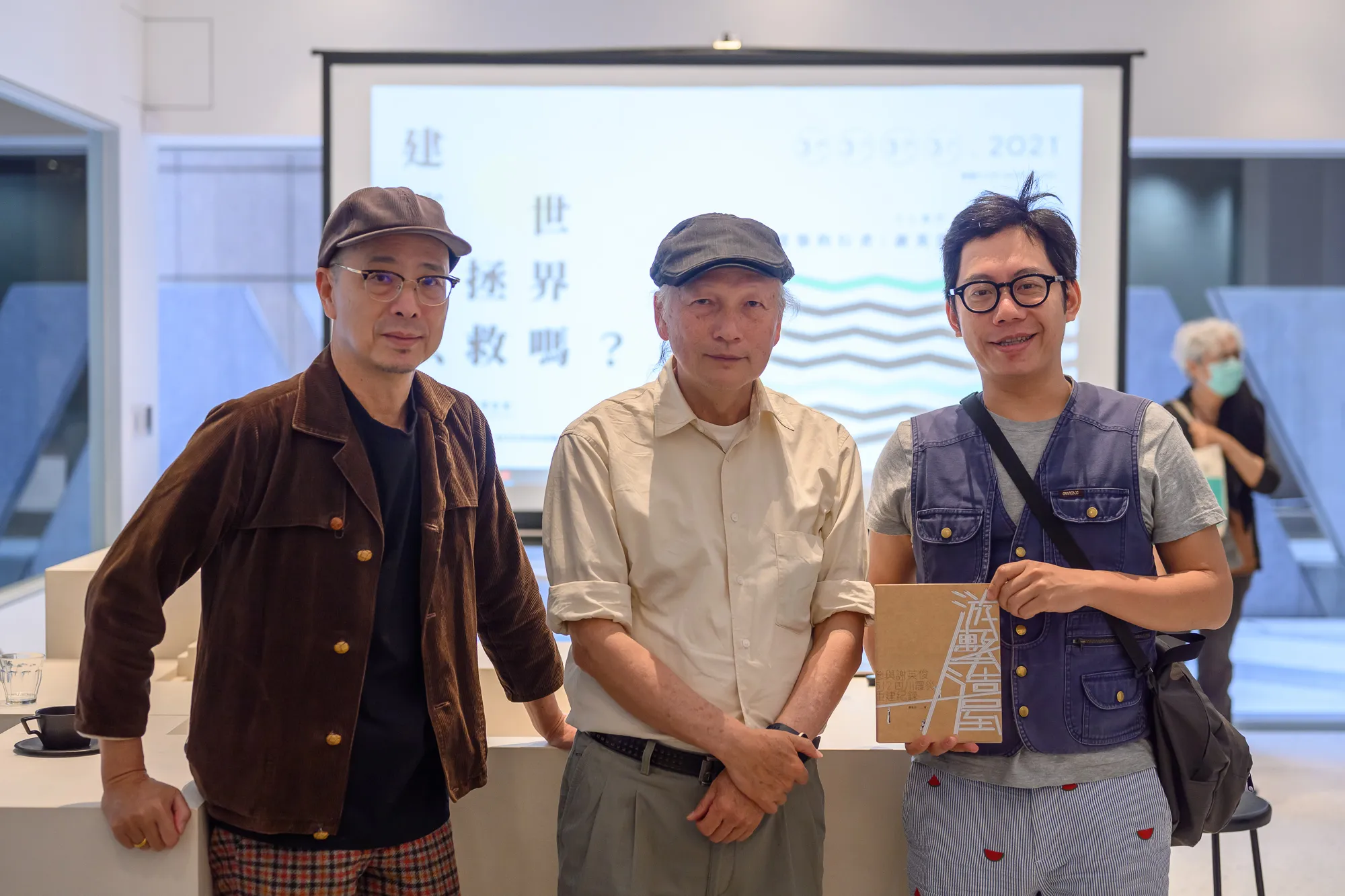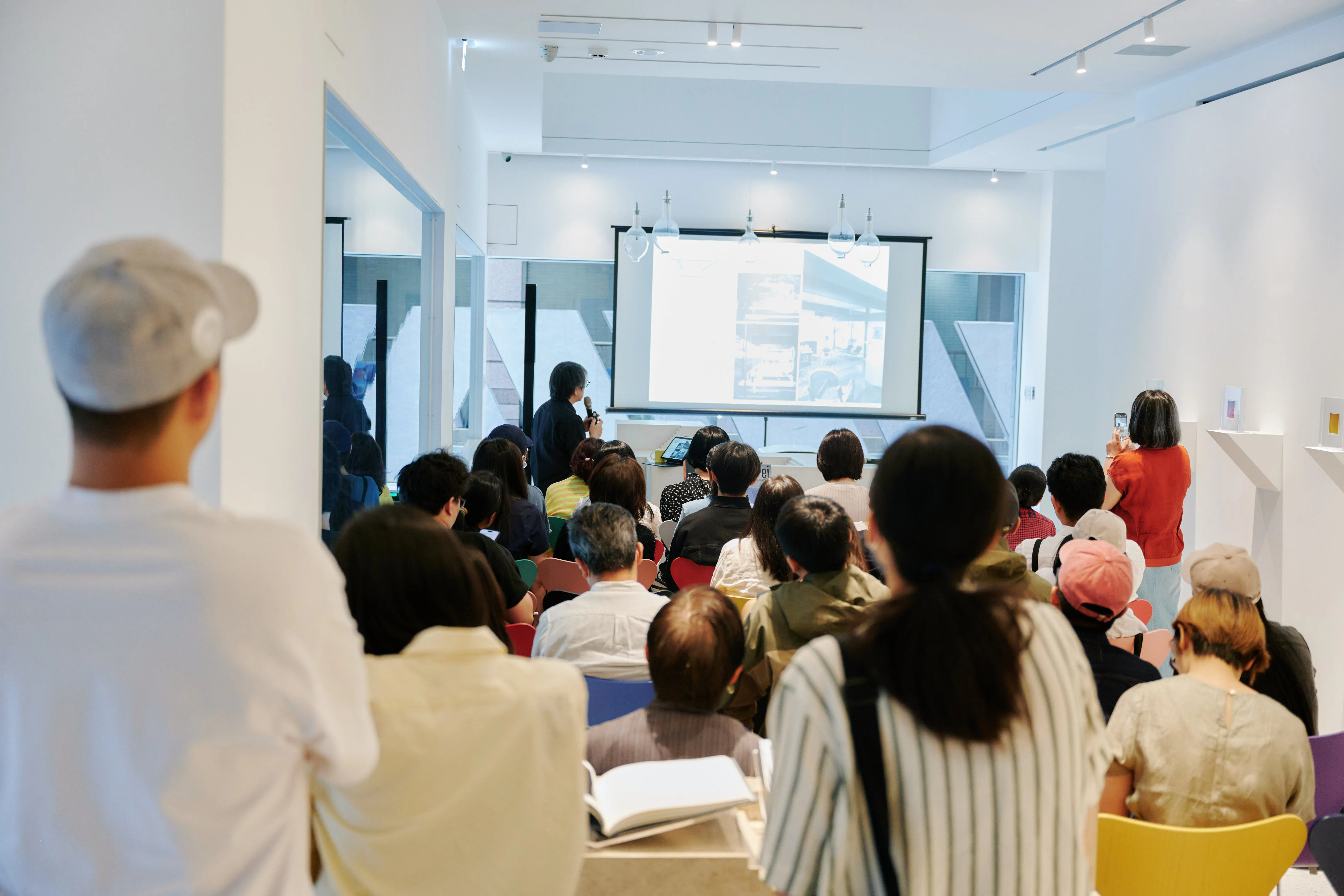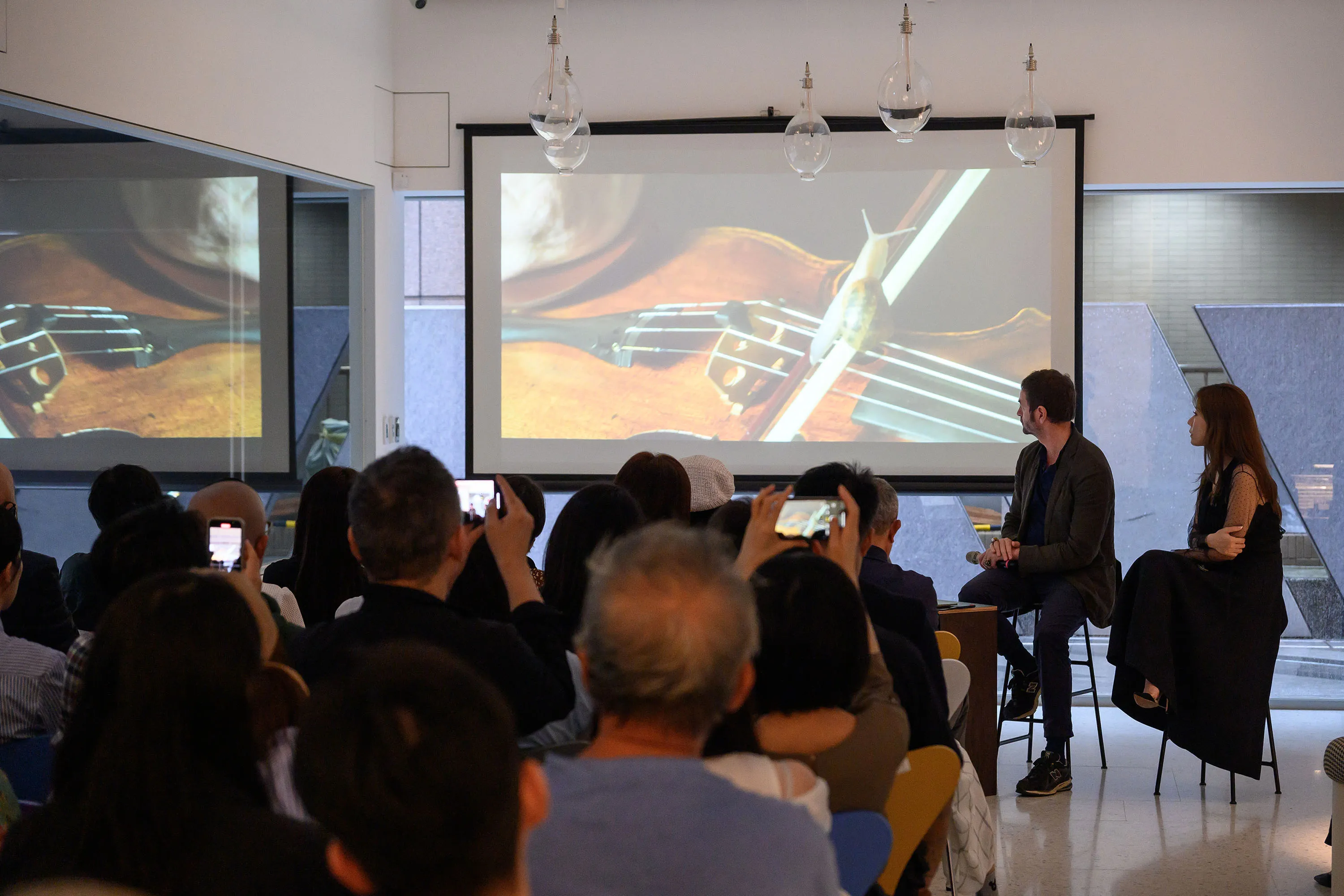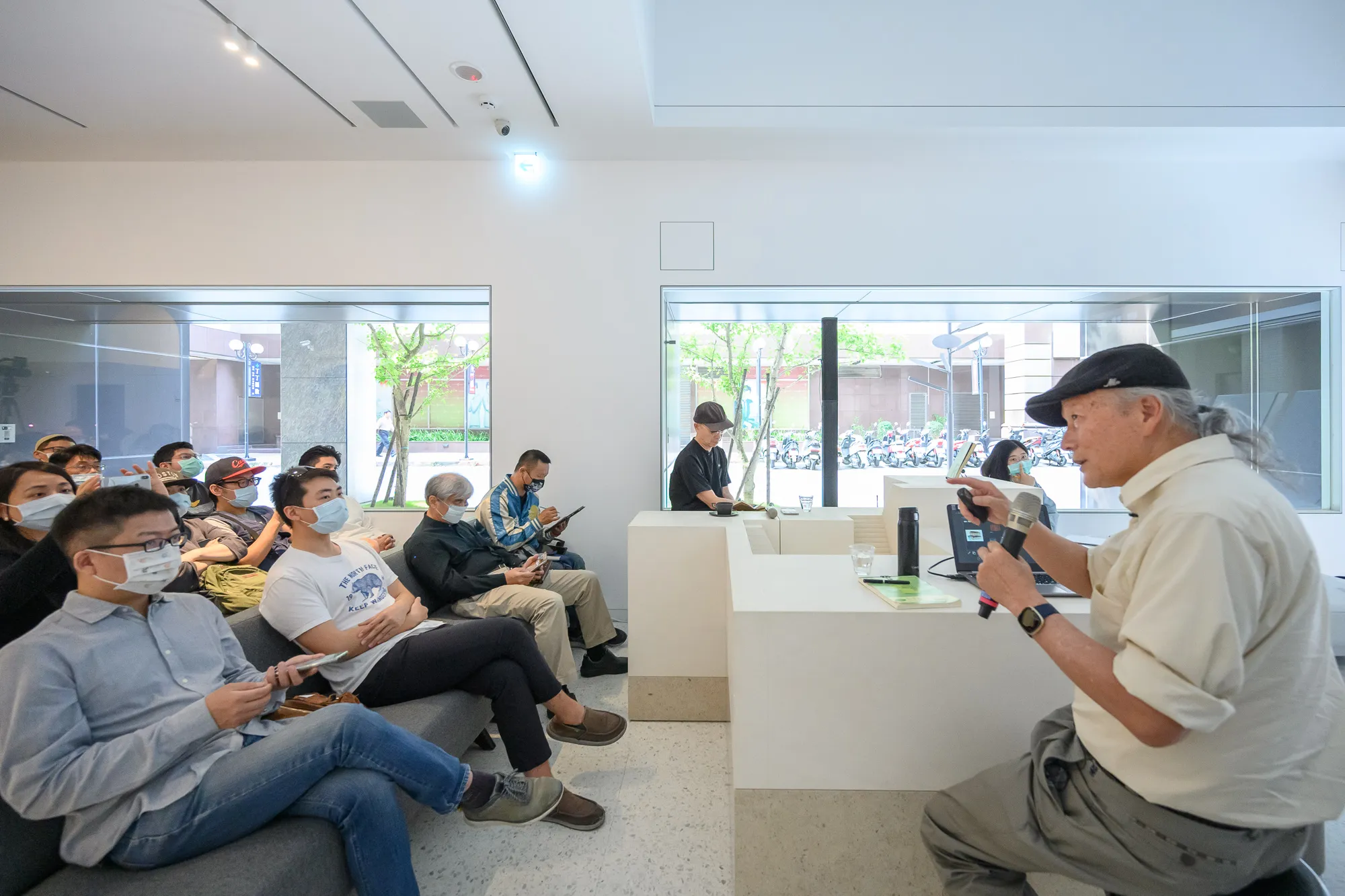
Architecture Salon| Can Architecture Save the World?—Action Non-action: From “Intersubjectivity” to “Participatory Architecture”
Speakers
Tse Ying Chun 3rd Architect of Building Studio
Nguyen Ching-Yue Architect, Curator, Writer
locations
Wen Shin Art Center (No. 6, Lane 10, Lane 180, Section 6, Section 6, Minquan East Road, Neihu District, Taipei City)
Session
3/06 AESTHETICS: FROM “SHENZHIZIDI” TO “LIKE THIS KIND OF ASTHMA AND IMASHIROGAKI”
3/13 Civilian Architecture: From “People's Buildings” to “People's Cities”
◆ 3/20 Yes/None: From “Mutually Entity” to “Participatory Architecture”
3/27 Imagining a Future Civilization: Tribal, Community, Sustainability
processes
Topic Sharing: 45 minutes
Conversation: 45 minutes
QA: 30 minutes.
fees
One lecture is $500, four-course package is $1800. 20% discount for students with student ID card (valid student ID must be presented for admission)
This event can be purchased at the bookshop with an invoice and a discount on the day book store is 150 yuan
Event Content
After the Great 921 earthquake, Xie Yingchun and the Shao tribe rebuilt their homes. Xie Yingchun not only led fundraising and construction, but also persisted in this mechanized world. He still uses low-tech methods to respect the weak workforce, regardless of men and women. He believes that all individuals and families can help each other. Build your own home.
Using his experience in building construction in this earthquake, Xie actively entered the impoverished countryside of China, helping farmers in need of housing to build their own homes. After the 2008 Wengchuan earthquake, the mountains of Mao County, which are mostly Tibetan, Qiang, and other ethnic minorities, carried out the reconstruction of more than 50 Yangliu villages. After the Wengchuan earthquake in 2008, the Qian people participated in the construction of more than 50 people. Build and restore or perpetuate original beliefs, rituals, and the autonomy of the inhabitants as a primary goal of architecture.
The most fundamental difference between Hsieh Ying Chun and other architects is that while using industrialized building methods, they avoid reliance on high technology and special materials, stick to a simple process of materials and construction, and try to obtain natural ecological materials from the vicinity, such as stone, bamboo, etc., in a simple, low-tech way. A smart, cheap, and mutually supportive way to encourage people to cover their homes. In addition, allowing users to participate in covered houses not only saves construction costs, but also enables vulnerable people to build self-esteem and confidence by participating in the construction, but also critiques and solutions to the current phenomenon of overly capital- and technology-driven construction through this practical building system.
When star architects are now considered the meaning of architects, Xie Ying-chun's appearance and work not only made people rethink the social significance of architecture, but even wonder if architecture can save the world.
Event Review
The light steel structure developed by Xie Ying Chun team is an open system that can be done from design to specification material production and assembly construction, but allows residents to adjust the space according to their needs. Specialized steel is assembled in a dry way. Only the base increases the structural strength by grouting, and parts of the walls and partitions use natural materials readily available locally, such as earth, stone, bamboo, etc., or brick construction. Since parts other than the beam column structure can be used in different layouts or materials according to the user's needs, it is called an open system, which can vary in a wide variety of styles and houses after completion are also unique. This system is conceptually subsumed by Alexander (Christopher Alexander, 1936-2022) (A Pattern Language, 1977) was inspired by. The meaning of a pattern language is that it creates an easy-to-communicate, object-oriented construction language through “circuitry,” that is, an organized design method, that can accumulate over a long period of time and not be sustained. For example, ancient traditional dwellings, regardless of the scale of the enclosure or the scale of workmanship, have been passed down for many years. It is not a rigid, concrete rule, but rather a customary principle or custom, which is why it is widely used. Thanks to the team's linguistics of their design patterns and proposed “Housing Industrialization 4.0,” using unique single-line drawings and today's digitization technology, the necessary precision was achieved, further making the mindset of “platformization” and “collaborative engagement” of the model language possible as a solution to the mass population Dwell answers to questions.
